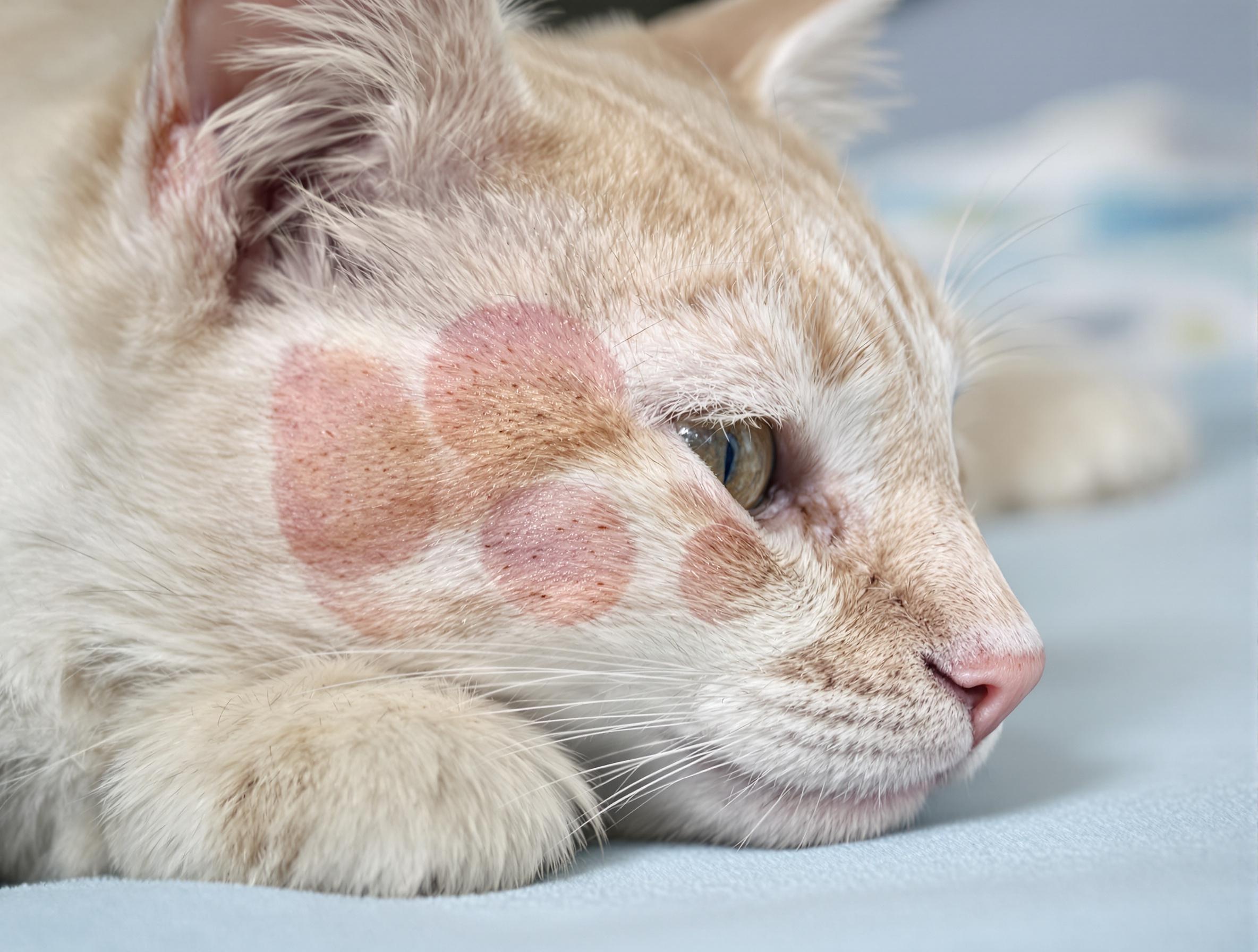
Does your sweet, mellow kitty turn into a fuzzball of fury when it comes to other cats? It’s instinctual for cats to fight for the right to defend what’s theirs. They may get into the occasional spat with their housemates or can get into fights with strays if they’re ever allowed outside to roam. Learn what can drive cats to fight and how you can protect your cat from hairy confrontations.
Why Do Cats Fight?
Cats are, contrary to popular belief, not solitary creatures. They do seek out the companionship of their favorite humans as well as other cats that live in the same household if you’re lucky enough to have multiple cats who usually get along.
Cat fights are usually triggered by some form of resource guarding. If your cat ever roams outside, they may feel compelled to fight other cats to protect their territory near your home, or they may stumble upon the territory of a neighboring cat.
Fighting between cats of the same sex is common, especially between cats that are not spayed or neutered. Males may fight to protect the right to mate with females.
Food, too, is a common trigger for fights. Roaming cats often fight over food. Cats within the same household tend to fight if they feel as though they must compete to eat.
Keep Your Outdoor Cat From Getting Into Fights
If your outside cat or inside/outside cat tends to get into fights with strays, the best and simplest way to protect them is to keep them inside. Your cat may protest at first, but they can get all of the enrichment they need indoors or in a cat-proof yard.
Spaying or neutering your cat can help reduce their urge to roam and may make them less aggressive towards members of their own sex, as they’ll no longer feel as though they need to compete for a mate.
Preventing Fights in Multi-Cat Homes
When you adopt a second cat, it may take months for them to develop a bond with your first. To prevent fights, you may need to keep them separated, especially when you are not home, while you slowly acclimate them to one another.
It’s not unusual for cats that once got along to suddenly start fighting. You’ll first want to have both cats seen by your vet to rule out any underlying medical issues, which can trigger pain or discomfort that they may take out on their family members.
External sources of stress like changes in your household or changes in your routine can also trigger fighting in cats that once got along.
But the most common reason cats in the same household get into fights is over resources. Each cat should have their own litterbox, plus one extra. They should each have their own eating area and may need to be separated during feedings if there’s a chance one may try to steal the other’s food. Even water dishes can become a source of contention.
Anxiety aids like Feliway, calming treats, and/or prescription medications from your vet can all help lessen instances of aggression while your cats learn to cohabit peacefully.
How To Stop A Cat Fight
Sometimes you can observe the body language between two cats and predict a fight, breaking it up before it happens.
In those first moments, both cats are slow, stiff, and cautious, and may flatten their ears and flick their tail as they ponder making the first move. From there, a fight can escalate quickly, but you may have a second or two to distract them.
Never stick your hands in the middle of two fighting cats, as you’ll likely come away with serious scratches. Instead, throw a towel or blanket over them, spray them with water, or make a loud noise. Shouting, banging together pots and pans, or throwing an object near – but not at the cats – can do the trick.
Scaring your cats will only momentarily stop the fighting. It will not discourage future issues, and the added stress can worsen unwanted behaviors.
First Aid for Cat Fights
All pet parents should have a first aid kit filled with supplies specially for pets. If you do not have one already, make sure you stock up so you’ll be ready in the event of a serious fight.
To treat fight wounds, your cat’s first aid kit should contain:
- Saline or antiseptic solution to flush out a wound, warm water works in a pinch
- Towel to wrap your cat and protect you from getting scratched
- Cone or Elizabethan collar to prevent your cat from licking their wounds
- Bandaging tape that sticks to itself
- Gauze
- Round-tipped nail scissors for cutting bandages and carefully trimming fur around wounds
- Antibacterial ointment/wound dressing
to prevent infection
You can use your first aid supplies to stop the bleeding but you will still need to take your cat to their usual vet or emergency vet clinic for treatment as soon as possible. Cat scratches and bites get infected very easily, and your cat will likely need antibiotics to stop the spread of infection.
Why Are Cat Fights So Dangerous?
A cat’s teeth and nails are incredibly sharp, so when they scratch or bite they can easily create a deep puncture wound. Bacteria from their teeth and nails quickly enter the bloodstream and can cause an infection in as little as 24 hours.
What’s more, many contagious cat diseases are passed through fighting.
Feline immunodeficiency virus (FIV) is a virus that attacks the immune system. It usually takes years for a cat to develop symptoms after contracting the virus. Eventually, the cat will be more likely to succumb to cancers, infection, or other secondary health conditions.
If you have a multi-cat household, ask your vet about testing for FIV and other transmissible illnesses. If your cat has been bitten by a cat with an unknown medical history, they will need to be tested at least 60 days after possible exposure, as the virus will not be detectable immediately afterward.





